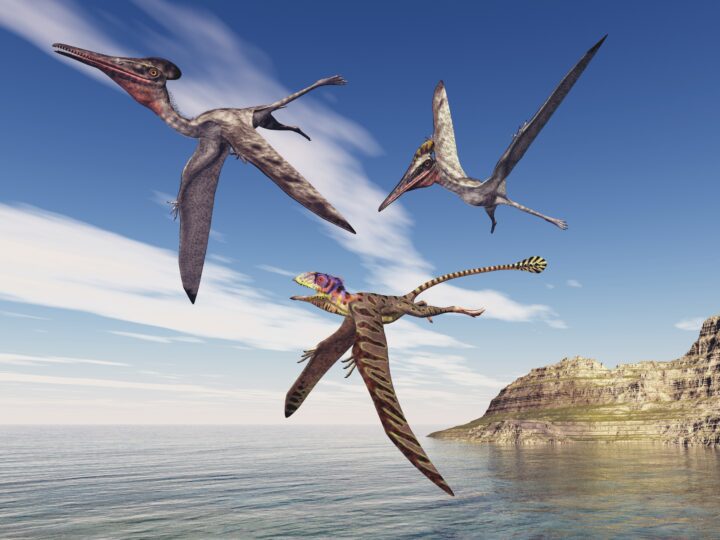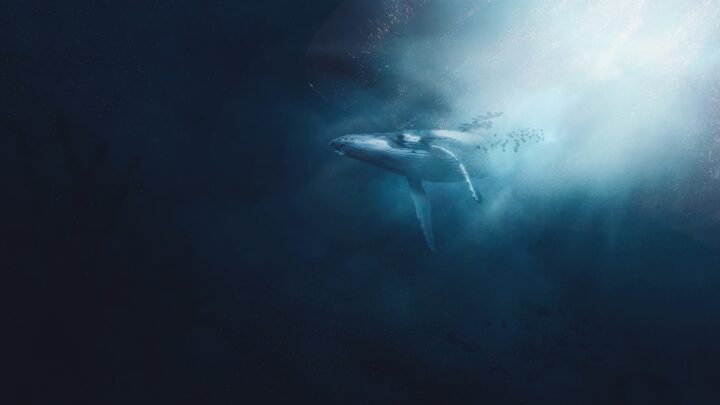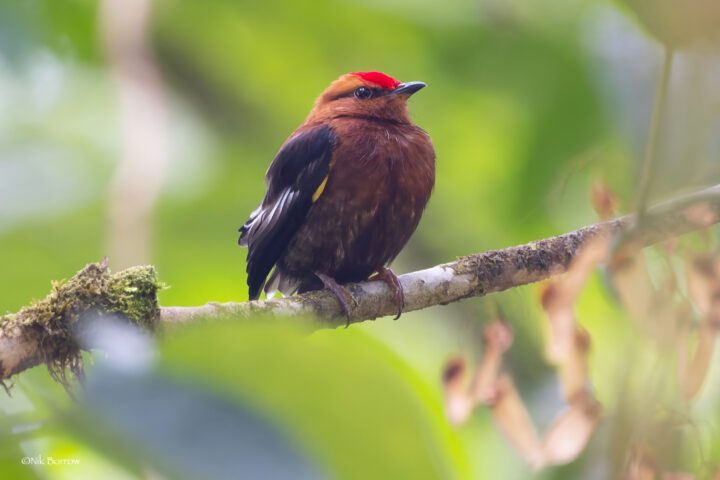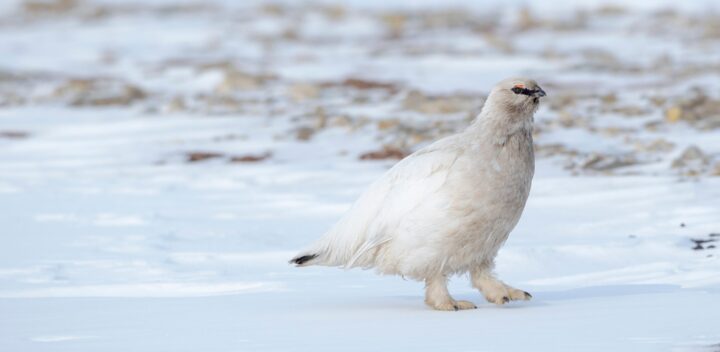Cooperate Within the Same Species
A species is a group of organisms capable of breeding to produce fertile offspring. When individuals within a species undertake activities that benefit one another, that cooperation benefits not just the individuals, but also local and wider populations of that species. Collaborating in activities such as finding food, controlling parasites, and protecting from predators enhances overall survival. To cooperate, there must be enough benefit to an individual, and especially to a population, to justify any risk taken by individuals. Through cooperation, risk is distributed among individuals and the benefits to the community are greater than the sum of the benefits to individuals. An example is birds that gather in flocks, a cooperative activity more beneficial than acting alone. While some birds forage, others watch for predators. When one finds food, others also feed on it. Despite potential short-term competition for an individual that finds food, over the long-term, that same individual benefits when others find different food sources.
Coordinate by Self-Organization
To create and maintain a healthy community of individuals and ecosystems requires that living systems coordinate their activities. Coordination doesn’t necessarily mean that there’s a leader orchestrating what happens. In nature, coordination is usually achieved through self-organization. In a flock of geese flying in a V-formation, for example, there’s no lead goose controlling where all of the others fly. The flock uses this formation because each goose gains energy from air vortices created by the goose in front of it. The lead goose doesn’t gain that benefit, so when it tires, it moves back and another goose takes the front position.
Optimize Shape/Materials
Resources are limited and the simple act of retaining them requires resources, especially energy. Living systems must constantly balance the value of resources obtained with the costs of resources expended; failure to do so can result in death or prevent reproduction. Living systems therefore optimize, rather than maximize, resource use. Optimizing shape ultimately optimizes materials and energy. An example of such optimization can be seen in the dolphin’s body shape. It’s streamlined to reduce drag in the water due to an optimal ratio of length to diameter, as well as features on its surface that lie flat, reducing turbulence.
Modify Buoyancy
Buoyancy is an upward force exerted by air or liquid on a solid object that works against the object’s weight. A hawk glides through air and a duck floats on water due to buoyancy. Some living systems (such as fish eggs) can remain sedentary and therefore maintain the same buoyancy at all times. But most must adjust their buoyancy because they can’t survive long unless they change position. These living systems require strategies to not only be buoyant, but also adjust buoyancy level. They often modify buoyancy by adding or decreasing lift, or by changing their weight. For example, birds like condors that soar for a long time shift the directional orientation of their wingtip feathers to manage buoyancy. Fish alter the amount of air in their swim bladders to increase or decrease their weight, thus altering their buoyancy.
Manage Turbulence
A turbulent force occurs when air or water creates a chaotic or irregular motion. The source can be such things as wind, waves, and eddies caused by obstructions to air or water flow (such as that created by a rock in a stream). Because the force is irregular, it acts in unpredictable ways on multiple parts of a living system at any given time, decreasing the living system’s efficiency. Strategies used to manage turbulence include dampening the amount of turbulence, having flexibility to handle sudden changes, and making quick adjustments. An example is the mucus on aquatic organisms, such as barracuda sharks, that can reduce turbulent friction of seawater by 66%. In doing so, it decreases drag and increases the sharks’ swimming efficiency.





